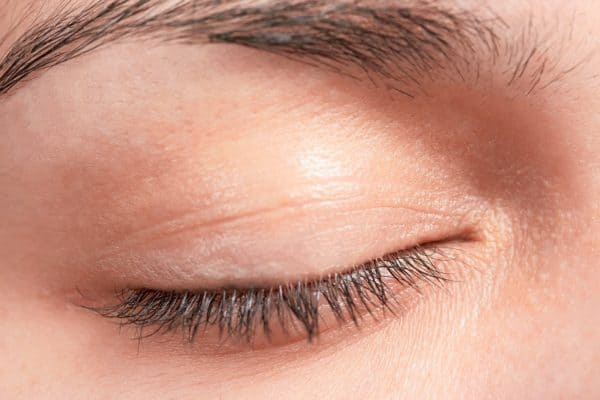Glaucoma is a group of eye diseases characterized by damage to the optic nerve. The eye continuously produces fluid that must drain to keep the pressure in the eye stable. If the fluid doesn’t drain properly, the intraocular pressure can rise to a dangerous level and risk damaging the optic nerve.
Although glaucoma is a leading cause of blindness, many people don’t understand the nuances of the disease or its severity. To provide some clarity, the team at Laser Eye Center of Miami discusses the two primary types of glaucoma here.
Primary Open-Angle Glaucoma
The most common form of glaucoma is known as primary open-angle glaucoma (POAG). Nine out of 10 glaucoma cases are classified as POAG. The “angle” refers to the junction where the iris and the cornea meet that controls the outflow of fluid in the eye. In cases of POAG, the angle is as wide open as it should be, and the fluid can access the angle. However, the eye’s drainage canals slowly clog, preventing the proper outflow of fluid from the eye.
Open-angle glaucoma develops very slowly and often with no noticeable symptoms. It can gradually affect peripheral vision, but by the time it is noticeable, there is irreversible damage.
Because most cases of POAG are absent of noticeable symptoms, ophthalmologists encourage adults to have regular eye exams to measure intraocular pressure and look at the optic nerve for signs of a problem.
If caught early, our doctors can use eye drops, laser or conventional surgery to lower intraocular pressure and improve the outflow of fluid from the eye.
Angle-Closure Glaucoma
A less-common form of glaucoma is known as angle-closure glaucoma. It occurs when the drainage canals become obstructed, and the angle narrows or closes completely, blocking the outflow of fluid. This causes eye pressure to rise rapidly. Symptoms like eye pain, red eyes, nausea, vomiting and headaches can come on suddenly. The symptoms may last for a few hours, disappear and then return, or persist continuously.
Angle-closure glaucoma requires immediate medical attention to prevent permanent damage.
Contact Laser Eye Center of Miami
For more information about glaucoma, or to schedule an eye exam with a trusted ophthalmologist, reach out to the team at Laser Eye Center of Miami. Please call or email us today.







